It has a refreshing, energizing vibe to it – 40 per cent of tickets for women in the 2022 Uttar Pradesh Assembly elections. Actions matter, so Priyanka Gandhi can pat herself on the back for coming out with a forward-looking template. However, unless the announcement gets reflected, if not replicated, in candidate selection in a state where the Congress rules, like Punjab, or Goa, where it can be a strong contender, or the party’s few remaining strongholds in Uttar Pradesh, it will be construed as mere tokenism. If making women, roughly constituting half the voters, full-fledged partners in power is the avowed purpose, only a principled stand can make a difference and push the envelope, forcing the rest to follow suit.TMC in West Bengal and BJD in Odisha, to their credit, have already demonstrated their commitment. Of the Trinamool’s 42 candidates in the 2019 General Election, 17 or 41 per cent were women; BJD announced 33 per cent tickets for women and fielded seven from 21 seats. The Congress fielded 54 women (nearly 13 per cent), the BJP 55. Clearly, there is a lot of catching up to do, but why the political mainstream remains edgy on the subject also explains the elusive consensus and the tardiness on the legislation for 33 per cent reservation for women in the Lower House of Parliament and state Assemblies. There is a distinct lack of intent. The Congress’ move is commendable; any change though would need steadfast adherence. A United Nations study lists evidence that women’s leadership in political decision-making processes improves the quality of life. It cites research in rural India that the number of drinking water projects in areas with women-led local bodies was 62 per cent higher. Women, it says, demonstrate political leadership by working across party lines and by championing life-altering issues. Unfortunately, gender equality is often a political sloganeering and not in terms of electoral representation.
Gender demography apart, women, over the past decades, have emerged as dominant voters in the State’s Assembly elections in recent years. In 2017, over 63% of women voters came to vote, as compared to less than 60% of the male voters who showed up. Interestingly this was the year when the State elected a woman Chief Minister – Mayawati – to power. Take the case of three decades ago, in 1991, 44.2% of women voters stepped out to vote. Ergo, women’s engagement in electoral politics has significantly grown over the past decades. And it is this decisive vote bank that Priyanka has been attempting to woo.

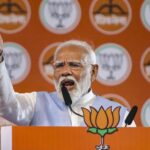



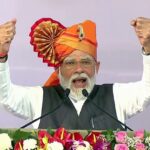
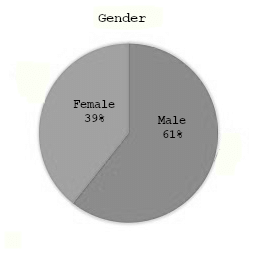
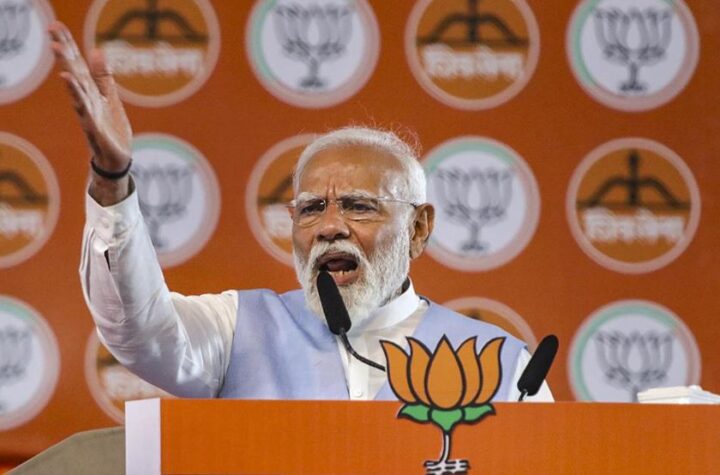

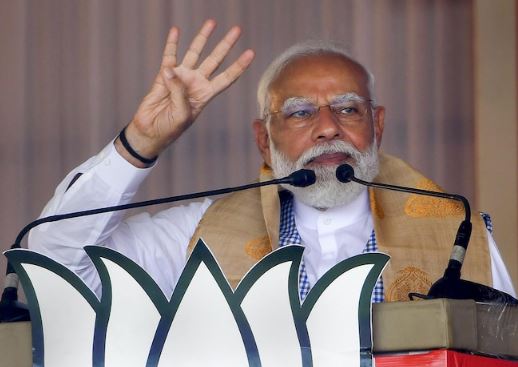
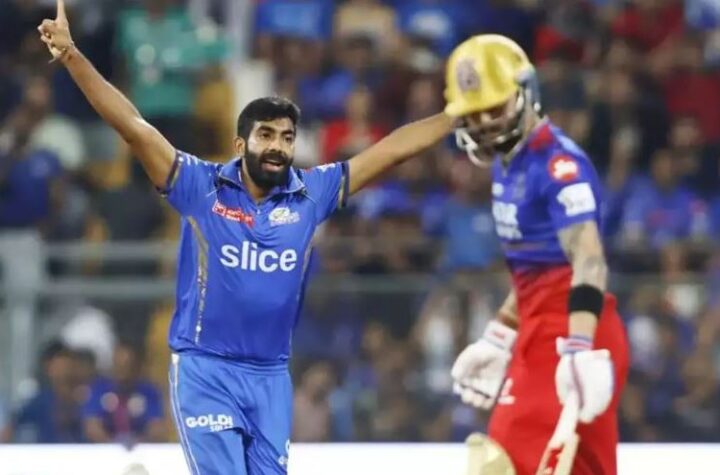
More Stories
NDA as 15 in Northeast’s 25 seats go to polls: PM
Not Big Fan Impact Player; Its Development of All-Rounders, Says Rohit
Modi will come with hope in 2024: PM